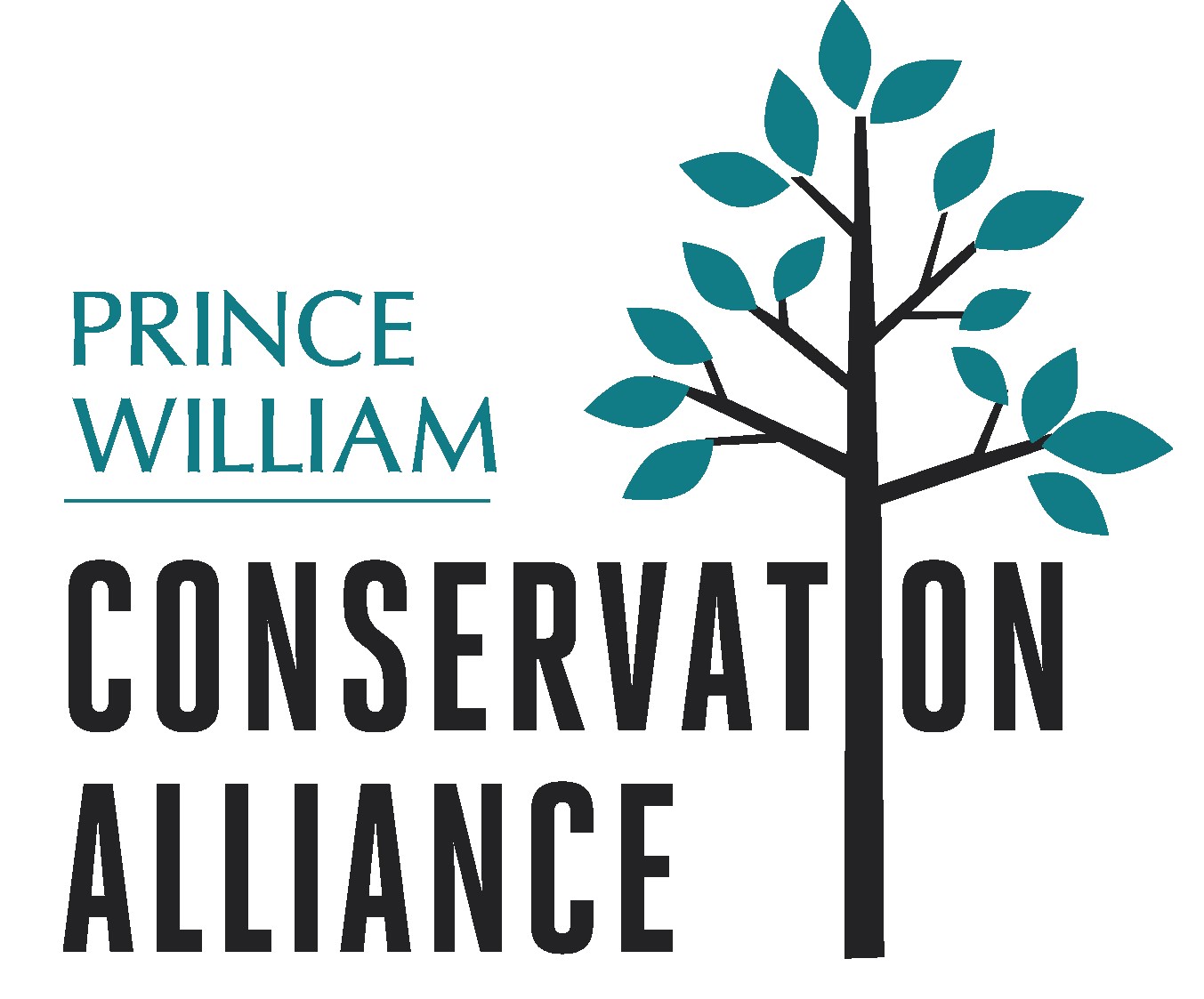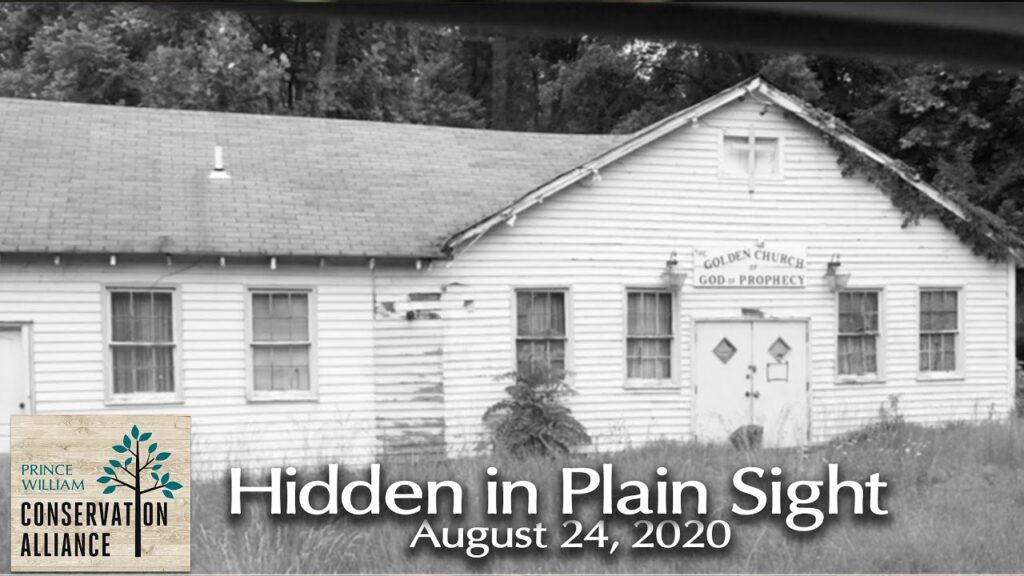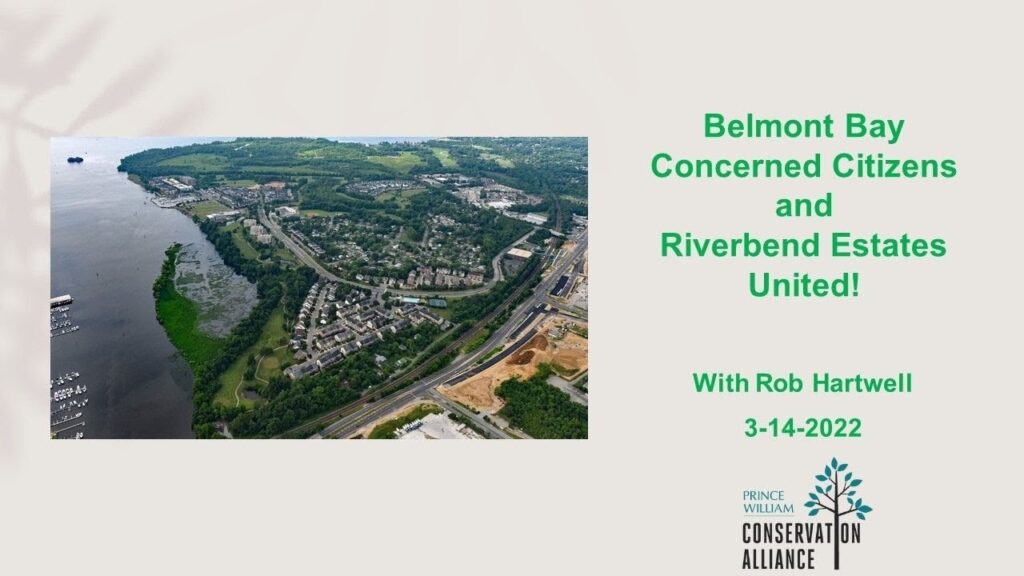SCOPE:
We work throughout Prince William County, a locality of regional significance for conservation in Northern Virginia.
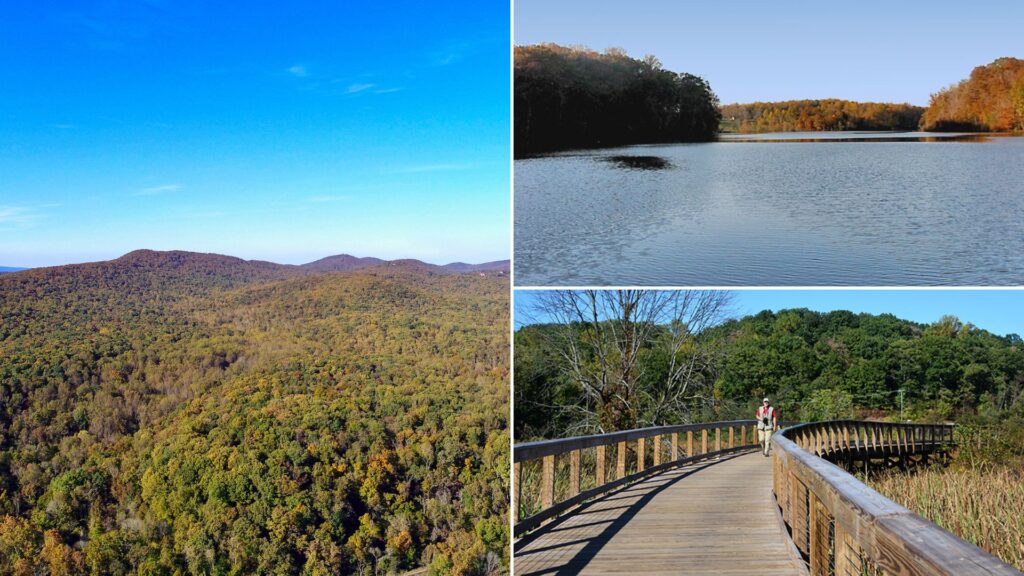
Prince William County is unique in the Chesapeake Bay watershed as the only locality that spans from the tidal wetlands along the Potomac River to a mountain at Bull Run.
Serving as a transitional zone between D.C.’s urban core and Fauquier’s rural landscape, PWC’s suburban to rural landscape holds to the line of sprawl development radiating from DC.

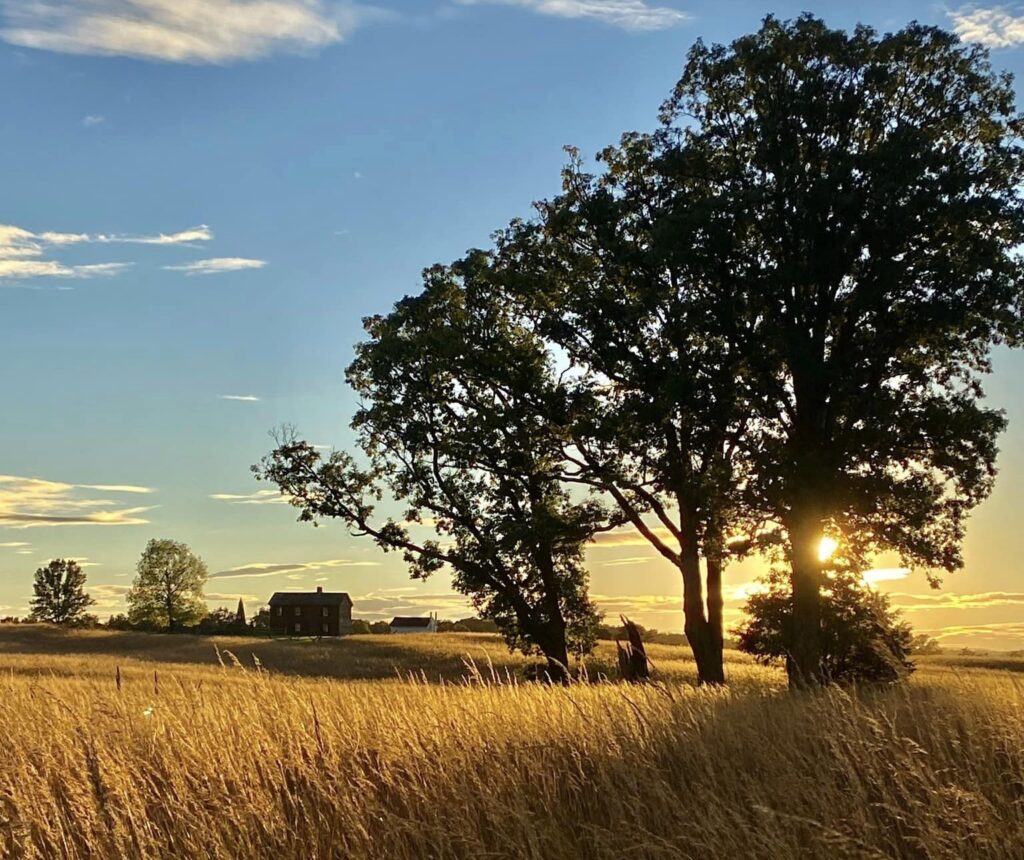
Anchored on either end of the rural area, PWC is home to 2 national parks: Prince William Forest Park (PWFP) and Manassas National Battlefield Park (MNBP).
The Occoquan Reservoir, nestled between Fairfax and Prince William, provides drinking water to 800,000 residents in Northern Virginia, including residents on the eastern end of PWC. About 40% of the watershed lies within Prince William County.


FOCUS:
Connecting people to nature and improving water quality in our streams and waterways are cornerstone to building sustainable equitable communities.
Advocacy
Empowerment
Stewardship
Data Center Reform

Data Center Reform – Data centers are a modern-day reality. We couldn’t have this website or host our online programs without them. But they do require a lot of land, water, and power. We are encouraging decision-makers in Prince William County to consider and mitigate the broader economic, social and environmental impacts of this single industry.
Where they are located is fundamental to being part of a sustainable smart growth strategy. In 2021 we first heard of a data center being proposed within the legislative boundary of Prince William Forest [National] Park. Since then Prince William County has experienced a dramatic increase in data center development with little oversight regarding power and water use. One data center uses as much power as 17,500 homes. PWC has approved the construction of over 10 million Sq ft and we have over 30 million sq ft more pending in applications (and that number continues to grow). Because of the surge in data center development driven by AI and cryptocurrency, we will not be able to achieve our climate change goals by 2030. Fossil fuel gas and coal plants will need to remain online, more transmission lines slicing through our neighborhoods and landscape will be needed and our electric bills are scheduled to double by 2030 to fuel a single industry that’s one of the richest in the world.
We think Prince William County residents and Virginians alike deserve better. We’re asking for needed reform that will protect the land and nature and our communities. And we’re not alone – a growing number of conservation and historic preservation organizations have joined our cause with a unified voice.
>>read more on our blog
>>visit the coalition website
We think data centers should:
- be located in industrial areas where there’s proper infrastructure with adequate buffers to protect surrounding areas and not next to neighborhoods and natural protected areas like National Parks or in our rural area.
- be required to disclose how much power and water and locations of substations and transmission lines they will need prior to their approval.
- pay for the transmission lines that would otherwise not be needed and pay their fairshare for the power they use rather than at discounted bulk rates.
Protect the Occoquan Reservoir

The Occoquan Reservoir is a vital drinking water source for over 800,000 residents in Northern Virginia including residents on the eastern end of Prince William County. The Occoquan Reservoir watershed spans less than 600 square miles and Prince William County has the largest portion of land area within the Occoquan Watershed in its jurisdiction (40%). Other jurisdictions comprising the watershed include Fauquier County (36%), Fairfax County (17%), and Loudoun County (5%). The City of Manassas and the City of Manassas Park comprise a total of about 2%. As of the 2020 Census, there were approximately 574,000 people residing within the watershed. About 43% of the population in the Occoquan Watershed resides in Prince William County. As the most populous jurisdiction in the Occoquan watershed and the one with the largest land area, substantial changes in land use patterns in areas of Prince William County will impact water quality in the watershed and Reservoir.
While Fairfax County downzoned 41,000 acres of land and protected another 5,000 along the Occoquan Reservoir to protect it, Prince William County later adopted a rural area called the Rural Crescent with the adoption of the 1998 Comprehensive Plan to invest tax dollars where it was needed most on the eastern end and protect the headwaters by alleviating development pressure in an already heavily urbanized drinking water watershed.
The Comprehensive Plan Pathway to 2040 eliminated the “Rural Area” designation and replaced it with an “Agricultural Estate” designation and an “Agricultural and Forestal” designation. These designations continue to reduce development pressure on the Occoquan Reservoir by limiting impervious surface and wastewater being sent to UOSA to be treated and released to the reservoir. Importantly, the updated Comprehensive Plan introduced an Occoquan Reservoir Protection Area (ORPA), which was established to protect the Occoquan Reservoir as a public water supply, reduce nutrient & sediment loadings to the Chesapeake Bay watershed, and minimize land disturbance on one of the most environmentally sensitive areas in the county.
Maintaining the Occoquan Reservoir as a drinking water resource is key to the sustainability of Prince William County and beyond. Despite current regulatory efforts such as point-source controls, stormwater management requirements, erosion and sediment controls, Chesapeake Bay Preservation Area regulations, and the County’s Municipal Separate Storm Sewer System (MS4) permit system, salt, sedimentation, and other pollutants continue to be present in the reservoir. Research from the Occoquan Monitoring Laboratory indicates a steady increase in salts over time.
As part of our advocacy effort, we are:
- Raising awareness regarding the challenges facing the Occoquan Reservoir
- Advocating for smart growth and reducing development pressure on the reservoir
- Seeking to uphold current policies designed to protect our waterways and the reservoir
- Encouraging the adoption of the PDR program >>read more here
- Protecting mature trees and intact forests throughout the county but especially within the Occoquan Reservoir Watershed

Check out our program with panelists Nicki Bellezza from Fairfax Water, Dr. Stan Grant from Occoquan Monitoring Lab and Michael Nardolilli from Interstate Commission on the Potomac River Basin as we explore together this salty trend within the Occoquan basin and throughout the region.
Protect Quantico Creek

Quantico Creek is currently being threatened by a proposed data center development at the headwaters and within the legislative boundary in the Prince William Forest Park. The land is forested and could easily become part of the park.
Citizen Science
Through our citizen science programs, residents connect with nature and are empowered to contribute to scientific research that helps us to understand our natural surroundings.
- Last Sunday Bird walks at Merrimac Farm
- Christmas Bird Count
- North American Butterfly Association – Butterfly Survey
- Bluebird Monitoring
Wildlife Garden at Merrimac Farm
Each year a group of dedicated volunteers meet most Saturdays throughout the growing season to care for the wildlife garden, which showcases what’s possible for backyard habitat. The garden flourishes because of the care these guardians give to stewarding quality habitats for bees, birds, butterflies, and more. >>become a guardian
Stream Restoration and Invasive Species Removal
We protected Merrimac Farm WMA back in 2008 through a unique partnership with the Department of Wildlife Resources and Marine Corps Base Quantico. Now, to be good stewards of what we’ve protected, we’ve secured funding for projects to enhance habitat quality through non-native invasive species management and stream restoration.
Nonnative invasive species like Autumn Olive and Japanese Honey Suckle are becoming more prevalent and negatively impact ecosystems by competing with native species for critical resources like light and nutrients. Through this management plan, we will be fostering diverse and healthy habitats for wildlife. We’re working with Wetland Studies and Solutions Inc., to start this February.
The stream restoration project aims to restore the hydrology of an unnamed tributary of Cedar Run. The tributary extends from the Spring House as you enter the Bluebell Trail near the Stonehouse.
Stream restoration comes at a cost and is typically estimated at $1,000 per linear foot, underscoring why we prioritize conservation when we can. An ounce of prevention is indeed worth a pound of cure (maybe more like a ton!).
While conservation remains our most efficient tool, restoration is a critical part of our environmental toolbox. Here, we will be restoring 150 ft of stream and about 3 acres of wetland and adjacent natural area. While 2 trees will need to be removed, the end result will be the restoration of upland wetlands and protecting stream channel from becoming incised.

Planting at Veterans Memorial Park
Through securing support from the Cheasepeake Bay Restoration Fund, we are creating a series of educational talks highlighting riparian areas and developing opportunities to remove invasive species and plant native species a our beloved Veterans Memorial Park.
In a collaborative effort between local government, non-profit, green landscaping companies, and local residents, we are leading a connection of people to nature through direct stewardship to enhance natural resources and cultivate a community of people who care to protect it now and in the future. Details to come!


